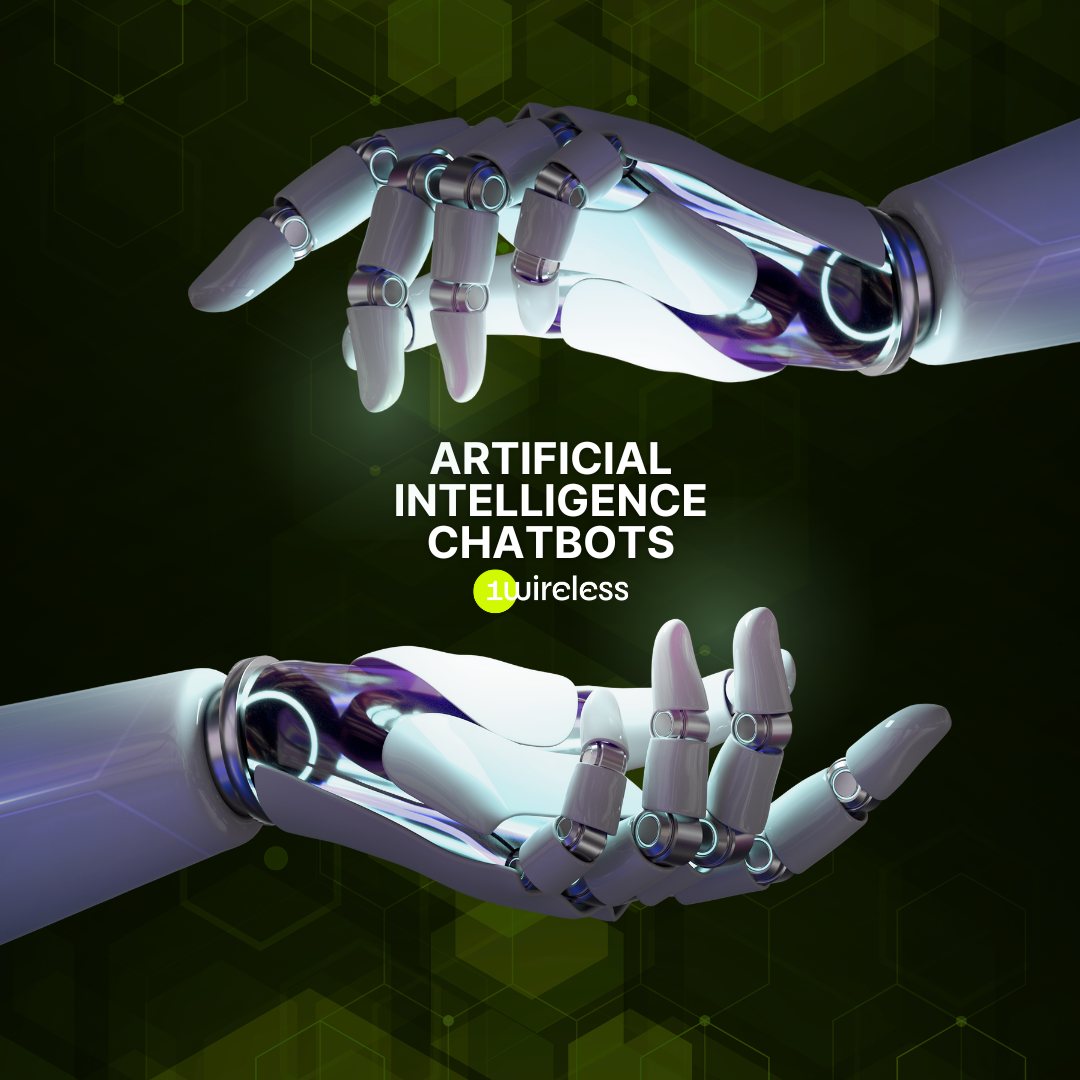Artificial intelligence (AI) chatbots are transforming the digital landscape, offering versatile capabilities such as assisting with online orders, answering queries, and navigating complex B2C sales processes. Their seemingly magical efficiency can sometimes lead to confusion or apprehension among users. However, AI chatbots are powerful tools designed to enhance your digital interactions.
Understanding AI Chatbots
What Are AI Chatbots?
AI chatbots are advanced chatbots capable of engaging in human-like conversations through natural language processing (NLP). NLP allows these chatbots to interpret and respond to human language beyond pre-set commands, enabling a more dynamic and user-driven conversation experience.
AI chatbots continuously learn from their interactions, allowing them to refine their responses over time. This adaptability makes them helpful in analyzing customer sentiment and predicting user needs.
How AI Chatbots Operate
Despite the perception that AI is complex, setting up an AI chatbot doesn’t require a deep technical background. With the right software, you can create a seamless conversational experience.
At its core, an AI chatbot processes data, interprets it, and generates relevant output. For example, if a visitor asks a question, the chatbot analyzes the intent and other factors, such as tone and sentiment, to provide the best possible answer.
Training an AI chatbot involves exposing it to extensive conversational data. This training enables the chatbot to understand context and respond naturally in a conversational manner. Tools like Drift’s Conversational AI simplify this process with pre-trained models and customizable responses.
AI Chatbots vs. Rule-Based Chatbots
Consider your specific needs when choosing between AI chatbots and rule-based chatbots. Rule-based chatbots follow pre-set rules and are ideal for predictable, controlled interactions. They guide users towards specific goals, such as scheduling a demo or downloading content, but they can’t handle unexpected queries outside their programming.
AI chatbots, however, offer more flexibility and can engage in complex, human-like conversations. They can analyze large datasets to identify customer sentiments, detect behavioral patterns, and personalize user experiences.
A hybrid approach can be beneficial for optimal results. Use rule-based chatbots for straightforward tasks and AI chatbots for more complex interactions. Platforms like Drift offer both types, allowing you to tailor your chatbot strategy to different user needs.
Essential Considerations for AI Chatbots
Integration with Existing Tech Stack
Effective AI chatbots integrate seamlessly with your existing technology, such as CRM and marketing tools. Drift’s chatbot software, for example, offers native integrations with platforms like Sales-Hub and Telgo, ensuring smooth data flow and enhanced insights.
Pre-Training and Industry-Specific Knowledge
Select an AI chatbot that comes pre-trained with relevant data and industry-specific knowledge. Drift’s Conversational AI, pre-trained on billions of conversations, minimizes the need for extensive initial training, allowing you to focus on customer engagement.
Conclusion
AI chatbots are becoming indispensable for B2B and B2C sellers, offering significant advantages like reducing cost by using chatbots instead of contact centers.
Despite the complexities associated with AI, tools like Drift make it accessible and beneficial for businesses. AI chatbots can elevate your digital engagement and help you stay ahead in the competitive market.
Looking to Learn More About AI?
For further insights, explore Drift’s Conversational AI Starter Guide, which provides definitions, best practices, and tips to get started.
Ready to Transform Your Digital Experience?
Schedule a demo with Drift to discover how custom and AI chatbots can enhance your business interactions.
